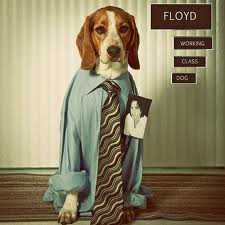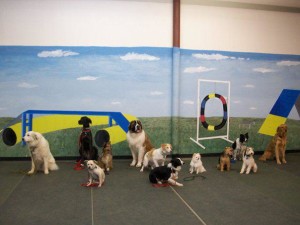Family friendly dog breeds you can’t wait to introduce to your kids
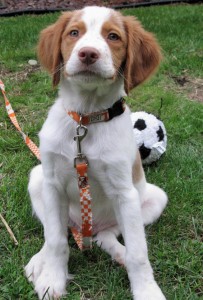 So you have decided to look for a new family member. You can picture it clearly in your head, the grand reveal, the kids squealing with delight, the look of surprise from your partner!
So you have decided to look for a new family member. You can picture it clearly in your head, the grand reveal, the kids squealing with delight, the look of surprise from your partner!
However when it comes to choosing that perfect new family member, then there are a few things that are worth taking into consideration.
How old your kids are (if you have them), living space size (backyard, apartment vs house), and your lifestyle are just a few of the questions that are worth asking yourself when looking for a family friendly dog breed.
Your new family member will have a huge impact on your family. What will your dogs role be? Are you just looking for a playmate, a guard dog, small, large – there is lots to consider. The following breeds of dogs all have some great pluses when looking for a family friendly dog.
Border Collie – Active and Intelligent
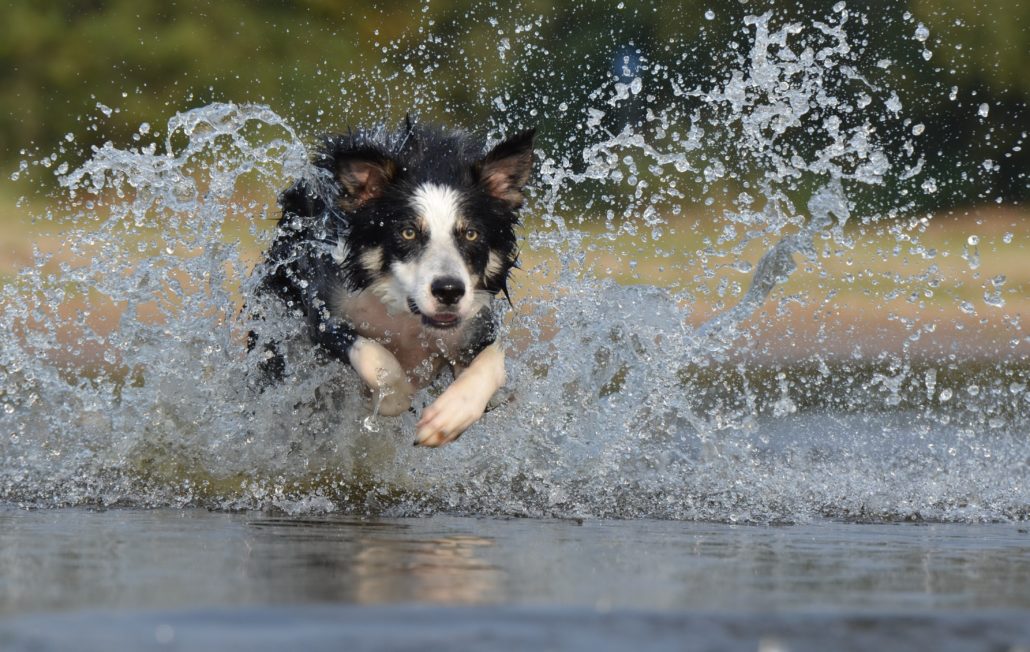
Collies make a great family dog because they are good natured, easy to train and are great with kids.
They are energetic and will need lots of walking and playing fetch so while they are happy in the city they need a lot of exercise. You will also need to continually brush their thick coat.
The collie’s thick coat requires regular brushing. They need plenty of exercise and while a simple walk in the park might be enough to satisfy another dog, your collie’s working nature may require you to be creative.
Keep him stimulated by asking him to fetch, herd or climb over or under something.
Check out our Border Collie breed guide
Yorkshire Terrier – Adorable and Loyal
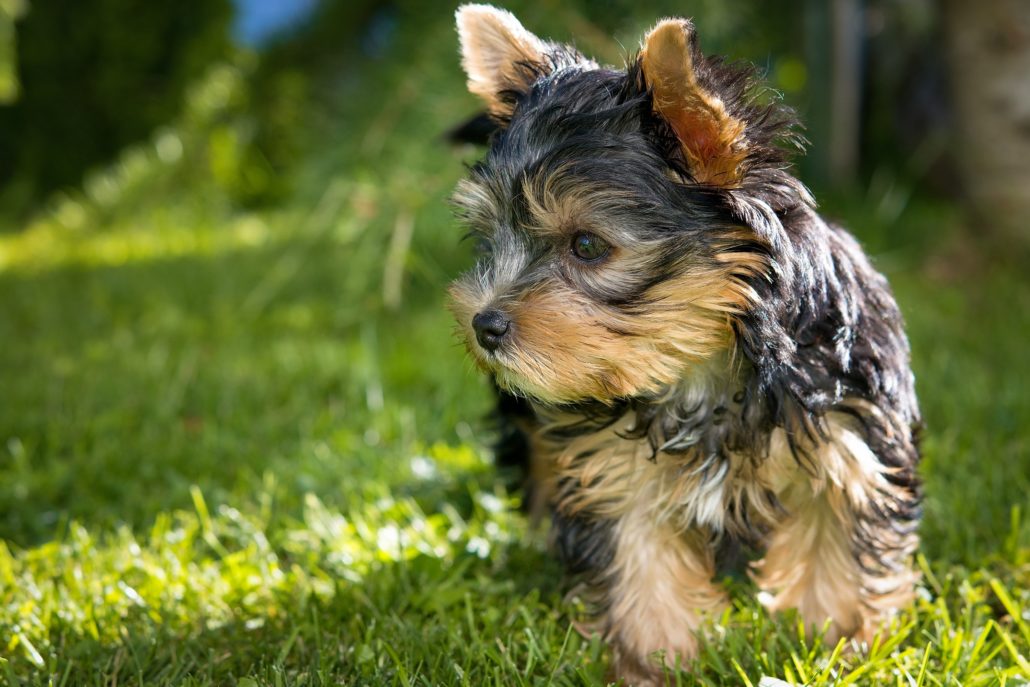
A great dog for city life, they require only a short amount of walking and are almost like a toy dog. They are loyal & spirited and make great watch dogs.
Being small they are happy to sit quietly on your lap however they will need a lot of combing, brushing & shampooing to keep them clean.
You might only want to consider a Yorkshire Terrier if you have older kids as if they are handled roughly they can nip.
Check out our Yorkshire Terrier breed guide
Labrador/Golden Retriever – Devoted and Obedient
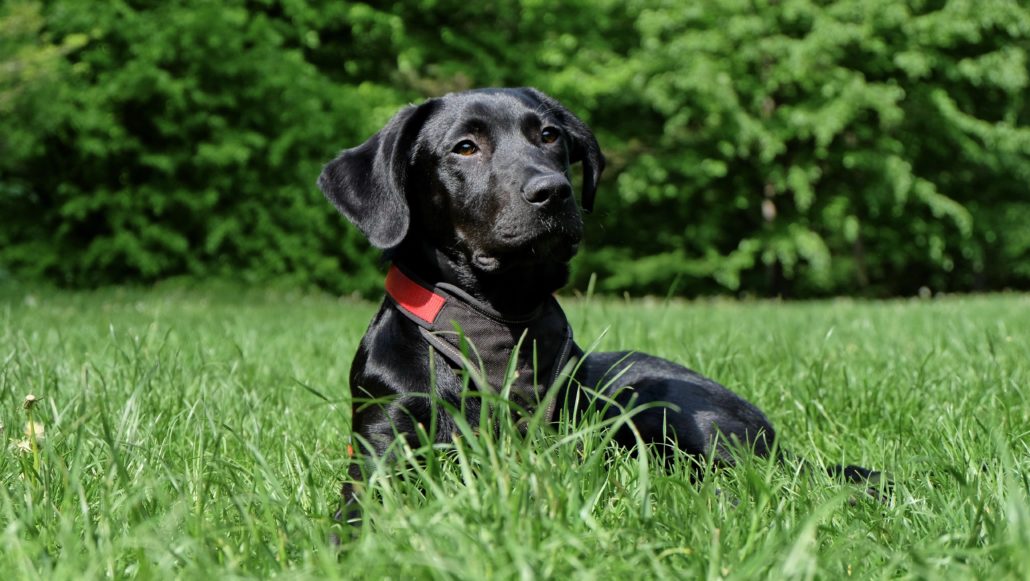
Retrievers make loving & loyal pets. Due to their gentle nature and their ability to patiently tolerate the most affectionate young child’s prodding and poking.
They love running, swimming & playing so somewhere with wide open spaces is a must, they will adapt well to city life if they can get their exercise!
You will also need to be brushed daily if possible due to their shedding.
Check out our Labrador breed guide
Boxer – Elegant and Strong
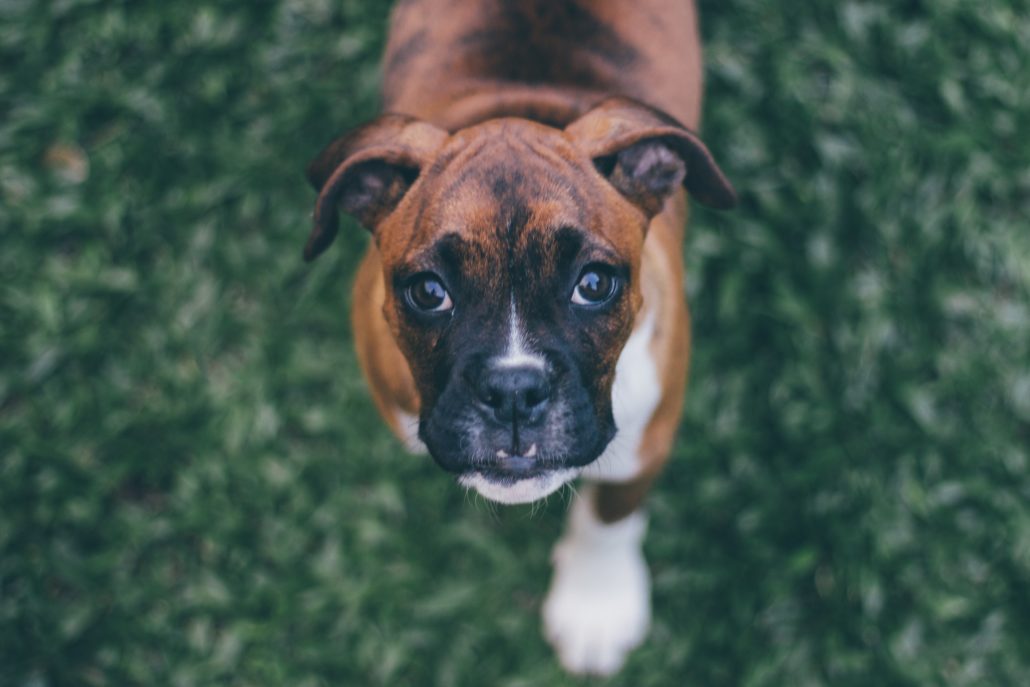
While a boxer looks serious, muscular & strong they are good natured in spirit. Quite a worker of a dog they also provide a lot of affection and make great guard dogs!
Happy to live in the city but they will need a walk everyday. Even with short hair they do shed a little bit so will benefit from daily brushing.
Check out our Boxer breed guide
This is just a a small introduction to a few dogs that would make a great additional to a family. There are many many other breeds that are family friendly that would make loyal & friendly pets.
Do you have a favourite family friendly dog breed, let us know why below!

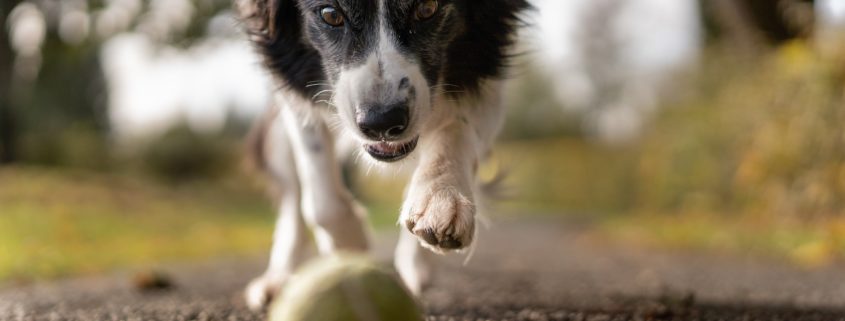


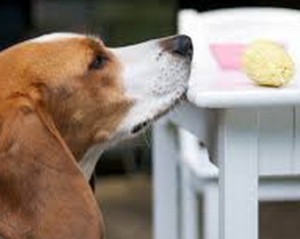 Firstly Bengie is people oriented so if everyone is outside he would just naturally migrate to where everyone is. Secondly he
Firstly Bengie is people oriented so if everyone is outside he would just naturally migrate to where everyone is. Secondly he 
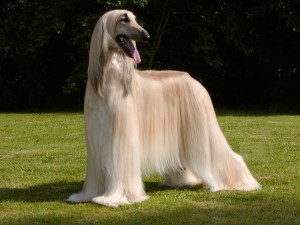
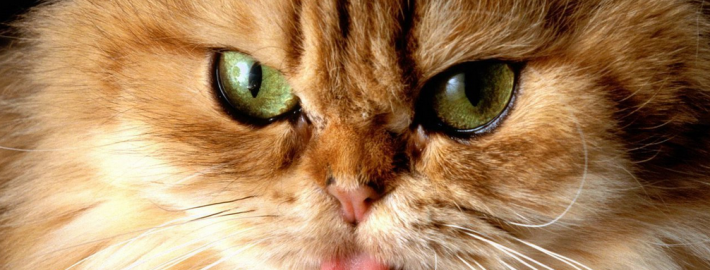
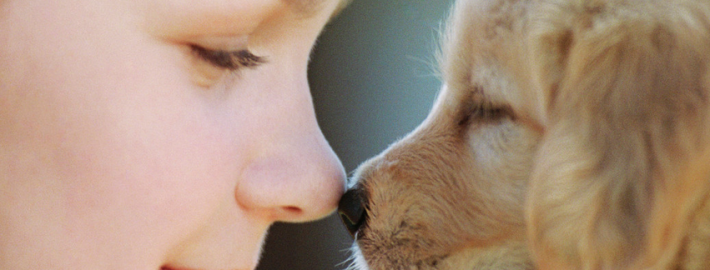
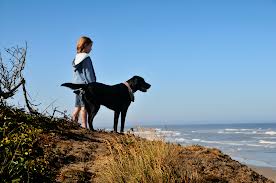 Animals and humans always had a special relationship ever since these pets were domesticated. Pets have always been an important part of any family. Just like what parents do when their babies are growing up, family members also document the growth of their pets, from being a puppy or a kitten to becoming a full-grown dog or cat. Each day just seems to be worth remembering.
Animals and humans always had a special relationship ever since these pets were domesticated. Pets have always been an important part of any family. Just like what parents do when their babies are growing up, family members also document the growth of their pets, from being a puppy or a kitten to becoming a full-grown dog or cat. Each day just seems to be worth remembering.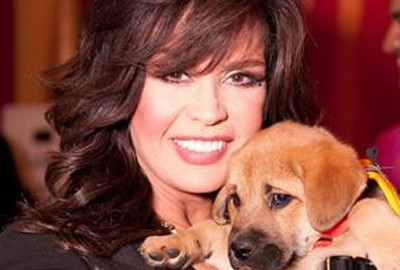
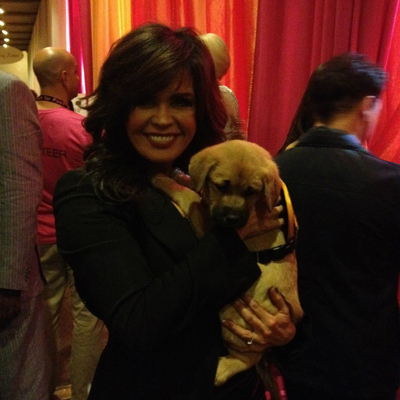 Our celebrity with pet this week is Marie Osmond. Marie adopted a dog and he named it George.
Our celebrity with pet this week is Marie Osmond. Marie adopted a dog and he named it George.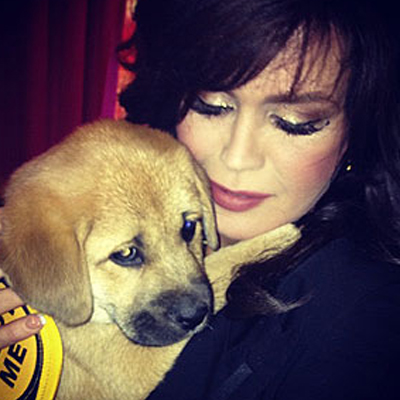




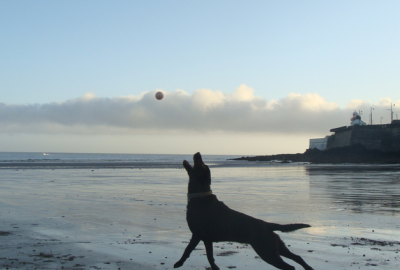
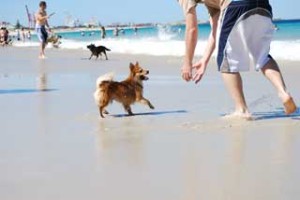
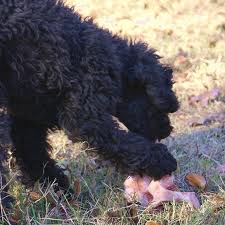
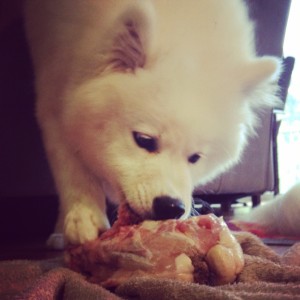 Today many pets suffer from health conditions that were rare or didn’t even exist before kibble became popular. Diseases like cancer, diabetes, food allergies and obesity are some of the most common health issues in dogs fed commercial or human food. Numerous researches have shown a strong connection between the health problems in dogs and the food they eat.
Today many pets suffer from health conditions that were rare or didn’t even exist before kibble became popular. Diseases like cancer, diabetes, food allergies and obesity are some of the most common health issues in dogs fed commercial or human food. Numerous researches have shown a strong connection between the health problems in dogs and the food they eat.